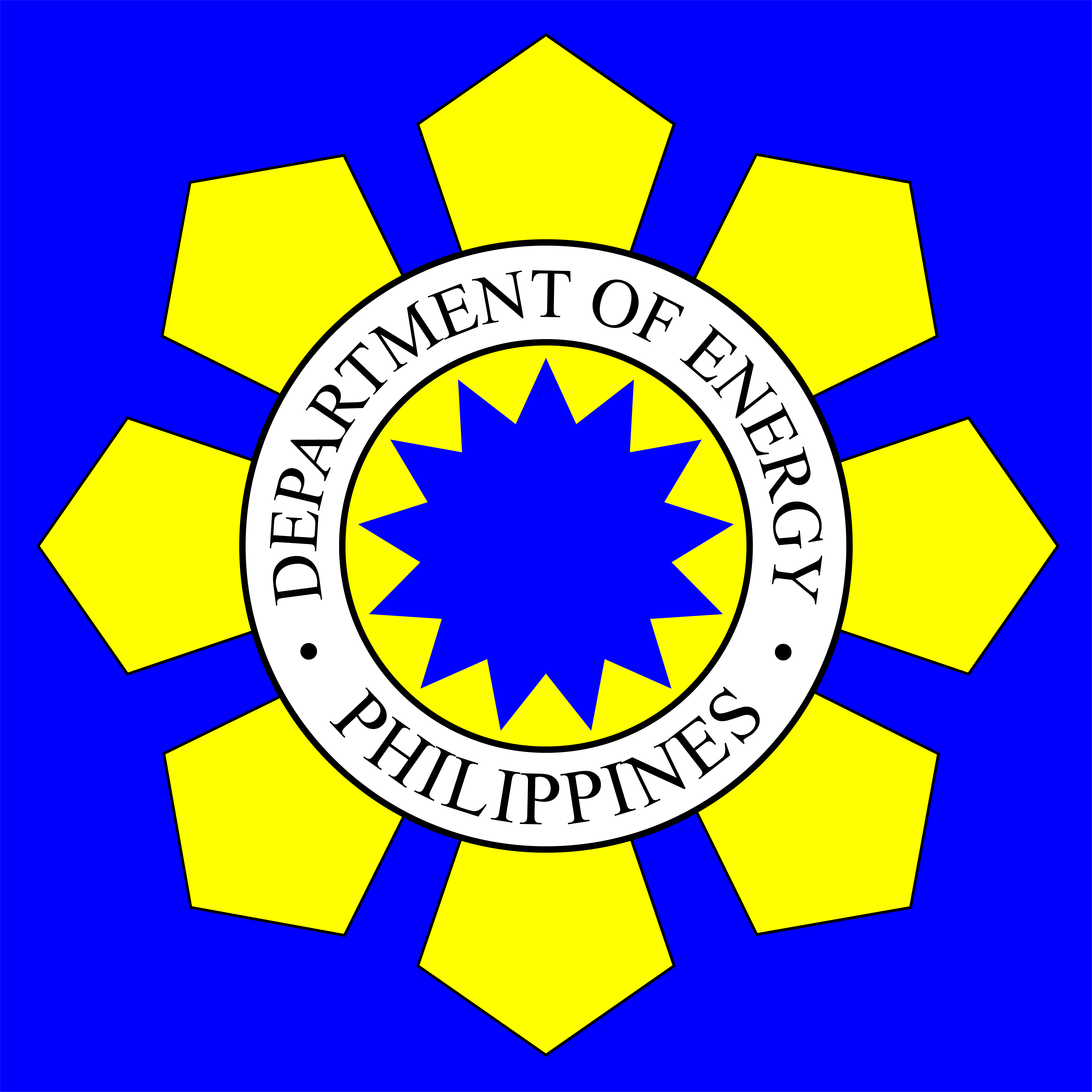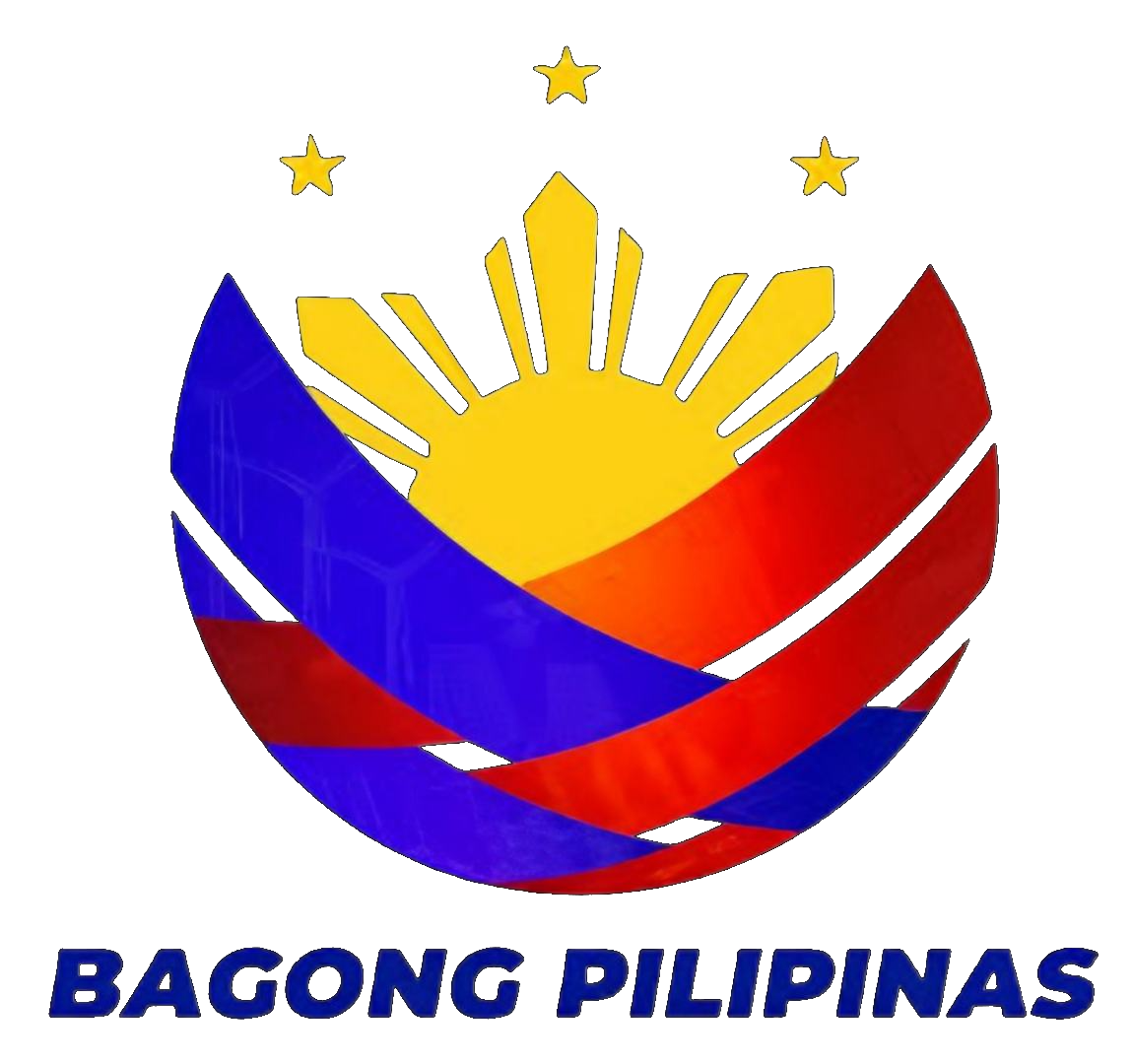15 Results
LFO Citizen’s Charter
LFO Citizen’s Charter
LFO Social Media
LFO Social Media
LFO Directory
LFO Directory
LFO Mandate and Functions
Implements regional policies, plans, programs, and regulations of the department relating to energy resources exploration and development, its judicious and efficient utilization, ensures adequate, efficient, and reliable supply of electricity and monitors the development in the downstream oil industry, development and utilization of renewable energy (RE) resources such as geothermal, hydro, ocean, biomass, solar, and wind with due regard to the environment and sustainable development in Luzon.
LFO Organization Structure
Organization Structure
Citizen Charter
Citizen's Charter
Philippine Energy Plan
Philippine Energy Plan 2020-2040
Overview
As the country faces a multi-faceted challenge on its pandemic response programs, amidst the imposed lockdowns on economic activities, the Department of Energy (DOE) is presenting a track to attain an inclusive and equitable economic growth made possible through the provision of secure, sustainable, and resilient energy strategies. The Philippine Energy Plan (PEP) 2020-2040 is the second comprehensive energy blueprint supporting the government’s long-term vision known as Ambisyon Natin 2040. This updated plan, like its predecessor (PEP 2018-2040), reiterates the energy sector’s goal to chart a transformative direction towards attaining a clean energy future.
Paving the path of transition into a more sustainable and resilient energy system, the sector’s direction has always been steered by Secretary Alfonso G. Cusi. This is in recognition to the message conveyed by President Rodrigo Roa Duterte of the energy sector requisites – sustainability and availability of energy to wean away from traditional sources and development of alternative ones.
To carry out the President’s instructions, the Energy Secretary clearly pointed the transformative changes imperative to align with the Administration’s call. These resulted into policies directed by the Energy Secretary and include, among others, the aggressive Renewable Energy (RE) and Energy Efficiency and Conservation (EEC) institutionalization programs, the moratorium on new coal power projects, a mechanism allowing foreign ownership on large-scale geothermal projects under financial and technical assistance agreement or FTAA, the resumption of indigenous oil and gas exploration, the introduction of liquefied natural gas (LNG) portfolio, establishment of strategic petroleum reserves and exploration of Hydrogen's potential.
Having the policies in place, the Energy Secretary reaffirmed the sector’s mindfulness in putting consumers first and that energy must be equitable to all Filipinos. The crafted PEP 2020-2040 is the amalgamation of the envisioned transition and transformation resonated by the Administration. Under its Clean Energy Scenario (CES), the PEP provides for ambitious plans, policies and targets on renewable energy, natural gas, alternative fuels, and energy efficient technologies. To make the country’s low carbon energy transformation a reality, the following goals have been set for the medium to long-term planning horizon:
Click to view/download Philippine Energy Plan 2020-2040
Reference Scenario
Present development trends and strategies continue;
35.0 percent renewable energy share in the power generation mix by 2040;
LNG importation starting 2022;
Energy Consumption levels that support an accelerated economic expansion post COVID-19;
Current blending schedule for biofuels (2.0 percent biodiesel and 10.0 percent bioethanol) maintained until 2040;
5.0 percent penetration rate of electric vehicles for road transport (motorcycles, cars, jeepneys) by 2040; and
Current efforts on EEC as a way of life continues until 2040.
Clean Energy Scenario
35.0 percent and 50.0 percent RE share in the power generation mix by 2030 and 2040;
5.0 percent blending for biodiesel starting 2022;
1.5 percent increase in aggregated natural gas consumption from the transport and industry sectors between 2020 and 2040;
10.0 percent penetration rate of electric vehicles for road transport (motorcycles, cars, jeepneys) by 2040;
5.0 percent energy savings on oil products and electricity by 2040; and
At least 12.0 percent reduction in the GHG emission for the Nationally Determined Contribution (NDC).

